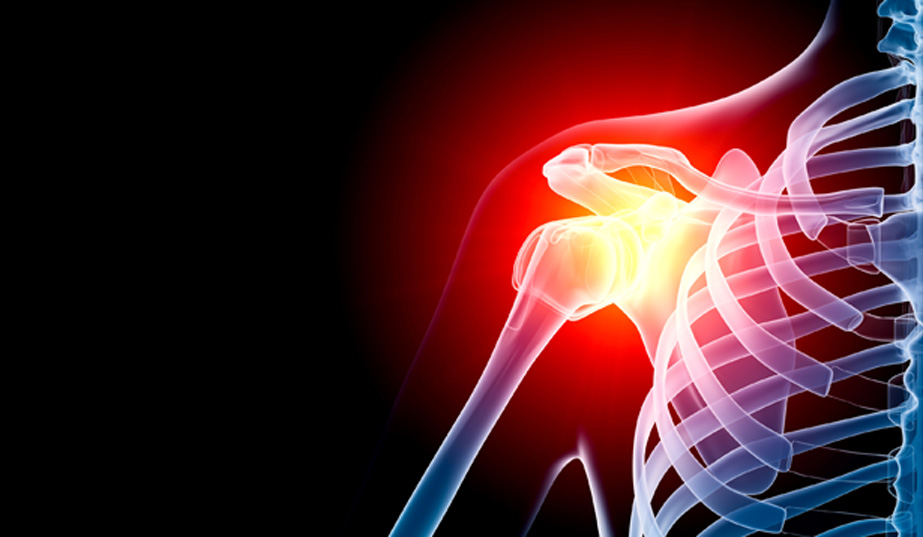
Shoulder bursitis is a condition in which the tendons and bursa become irritated and inflamed.
The bursa is a fluid-filled sac located between the top of the arm bone and the tip of the shoulder. When this space becomes too narrow for normal motion, the tendons and bursa swell, further diminishing the space for movement. This causes the tendons and bursa to become pinched between the bones, a condition called impingement.
Causes of Shoulder Bursitis
The condition may be caused by injury, overuse or infection. Shoulder bursitis is also associated with arthritis, gout, tendonitis, diabetes and thyroid disease.
Symptoms of Shoulder Bursitis
Signs of the condition include:
- Discomfort when lying on the shoulder
- Pain when the shoulder is touched
- Reduced range of motion in the shoulder joint
- Swelling and redness around the shoulder
- Pain on the top or outside of the shoulder
- Pain that worsens when the arm is lifted to the side
- Pain when pushing on or opening a door
- Pain when trying to “circle” the arm
- Pain and pressure when pushing on the top of the shoulder
Shoulder bursitis is more common among carpenters, musicians, athletes and gardeners.


Diagnosing Shoulder Bursitis
Patients experiencing symptoms should schedule an appointment with their physician. During the initial consultation, the physician will ask about risk factors, such as medical history, profession and hobbies. The physician may perform or request the following exams:
- Physical examination to test the location of the pain, muscle strength, and the current range of movement in the shoulder joint.
- X-ray to rule out bone damage or arthritis.
- MRI scan to show inflammation in the bursa and any possible damage to the bone or surrounding tissue.
- Ultrasound test can provide a look at internal organs and tissue.
- Fluid testing, also called aspiration, is done to rule out infection.
- Blood test can be done to confirm or rule out other conditions.
Treating Shoulder Bursitis
Once a patient is diagnosed with shoulder bursitis, the physician may recommend resting the shoulder, taking an over-the-counter pain reliever, applying an ice pack to the affected area, wearing a shoulder brace or performing gentle stretching exercises. If these treatments fail to provide relief, the physician may recommend a subacromial subdeltoid bursa injection to help reduce swelling and discomfort.
Risks and Side Effects
The procedure is relatively safe. Common or possible side effects include infection, increased pain and weakness.
What to Expect During a Subacromial Subdeltoid Bursa Injection Procedure
A subacromial subdeltoid bursa injection procedure begins with the physician cleansing the injection site with an antiseptic. The patient is seated in an upright position and their arm rests at their side. The physician will use ultrasonic guidance to ensure the needle is inserted in the correct place. Once the needle is correctly positioned, the local anesthetic and steroid will be injected.
After the Procedure
Once the procedure is completed, the patient will be allowed to go home. They will experience immediate pain relief as a result of the anesthetic. Lasting pain relief will begin two to three days after the injection, once the steroid begins to work. Patients should ease into exercise activities over one to two weeks.

